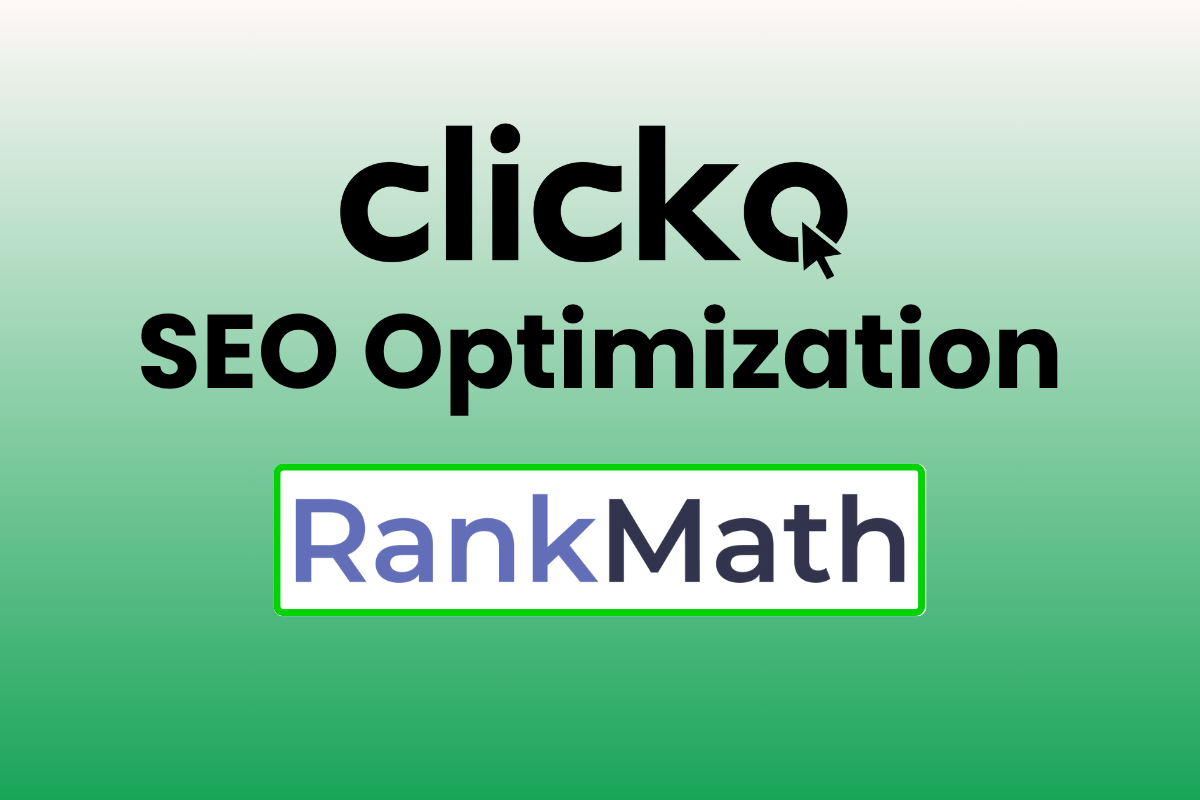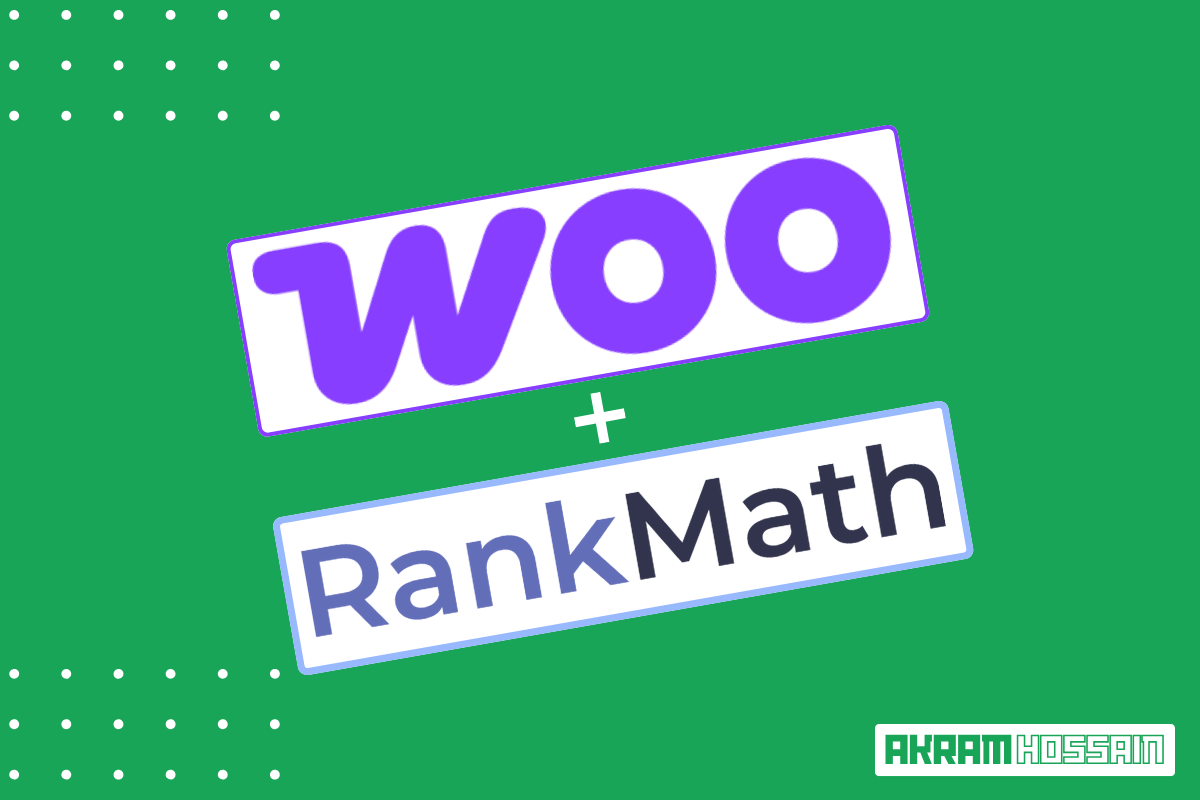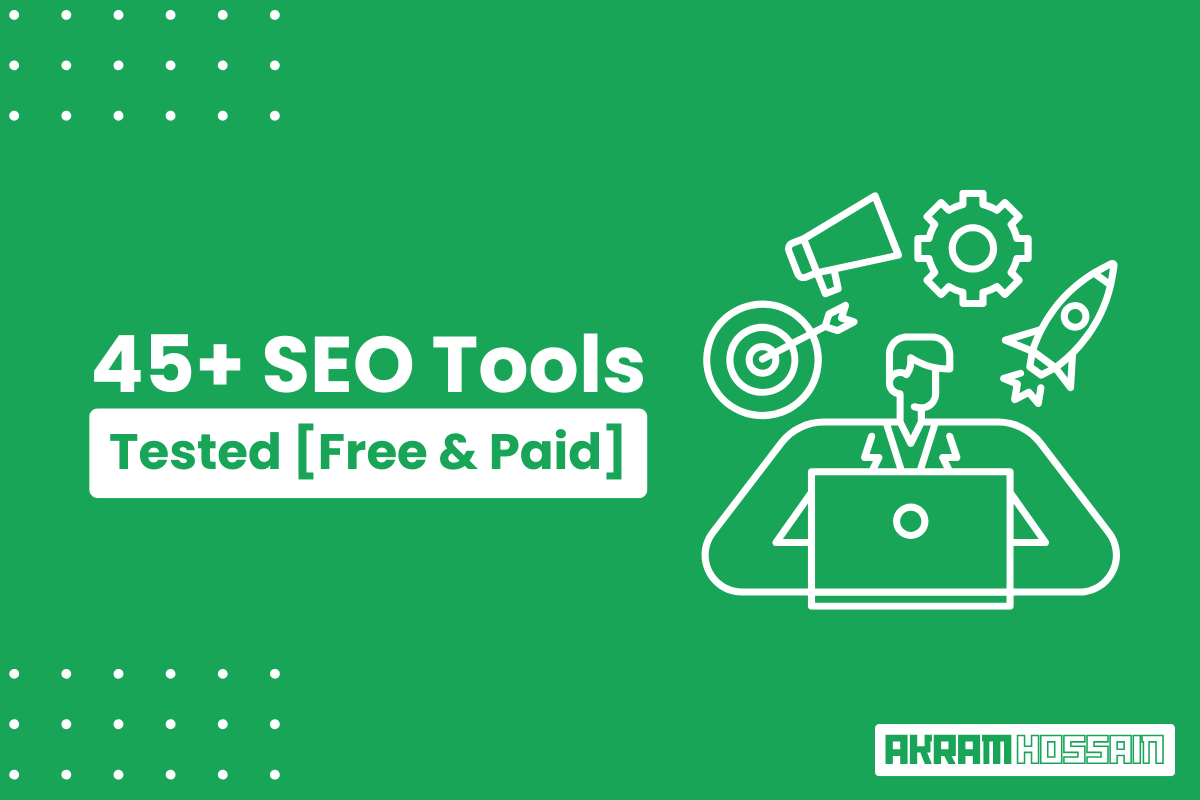The blog post structure refers to the organized arrangement of content elements within a blog article.
It is pivotal in enhancing reader engagement, improving readability, and boosting search engine optimization (SEO) by providing a logical flow.
Making the content more accessible and appealing to readers and search engines.
A well-structured blog content always appealing for readers, and they feel engaged with your content when they read a novel.
So, now I will share the tips and tricks that help you make your blog or article well-structured for readers and search engines.
Key Components of an Effective Blog Post Structure
“Blog” or “Article” is content that we serve to the world to read and share our pieces of information with them.
And you always need to focus on making your blog or article genuine for users’ knowledge and fresh content search engines.
Blog post structure formation is a thing that you need to focus on to make it reader-friendly.
Let’s find out how you can make an effective blog post structure;
1. Captivating Headline
Providing captivating headlines separates your content from the topic by topic, and it looks like it is in every paragraph.
Add attention-grabbing headlines to your blog, which will help your readers understand the paragraph topics.
Compelling Headline:
Add a short message to headlines that make your headlines meaningful, and readers can easily connect with your content.
SEO Point of View: Use relevant keywords in headlines that indirectly help you to get a higher rank.
2. Engaging Introduction
Capture Readers’ Attention:
First impressions matter; if you can impress your readers within 30 seconds or the first two lines, there’s a high chance that they will read at least 50% of your blog.
So, always try to add some engagement and start with the relevant topics you cover here.
PAS Formula:
Establish the purpose of your blog or article and what they will get from it. Don’t forget to add the PAS (Problem-Agitate-Solve or Problem-Agitate-Solution) formula in your introduction.
Introduce the main topic of your whole blog and why it’s important to know your audience.
The importance of your content will create an internal feeling to read your content willingly.
3. Clear and Logical Subheadings
Enhance Readability:
Add a productive subheading to your blog and make it clear and logical for readers. Subheadings enhance readability, and readers feel comfortable with it.
Also, using subheadings organizes the content into manageable sections and is more effective for making well-structured content.
Paragraph Optimization:
Keep 2 or 3 sentences in each paragraph, and keep enough line height between two lines so readers can easily read the content.
If they see 6-7 sentences together in a paragraph, it gives a dull feeling to your readers. Maintain proper distance and keep paragraphs short to make more readability.
H Tags Hierarchy:
Use H2, H3, and H4 tags properly to make Headlines and subheadings for hierarchy.
Let’s have a look at how you can nested H tags for a blog post;
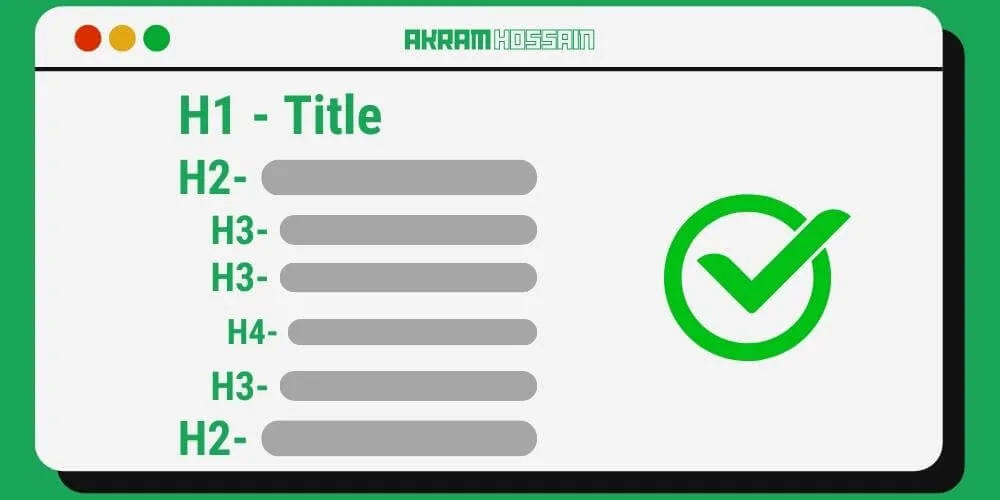
- H1: It’s always for the Title of your content, and it should contain for once on a web page. Multiple H1 tags aren’t good practice for SEO.
- H2: When adding any major headlines for your blog, start with the H2 tag before the paragraph.
- H3: Always use H3 tags for subheadings under the H2 tag. It will clearly naturally format your content.
- H4: If you need more H tags to organize the content, use the H4 tag under H3.
- H5: Most of the time, we don’t need to use H5 and H6 tags, but you can use these tags using the proper nesting structure.
- H4: If you need more H tags to organize the content, use the H4 tag under H3.
- H3: Always use H3 tags for subheadings under the H2 tag. It will clearly naturally format your content.
- H2: When adding any major headlines for your blog, start with the H2 tag before the paragraph.
Look at the picture below; you can understand the H tag using structure and formation.
You shouldn’t overflow the H tag like;
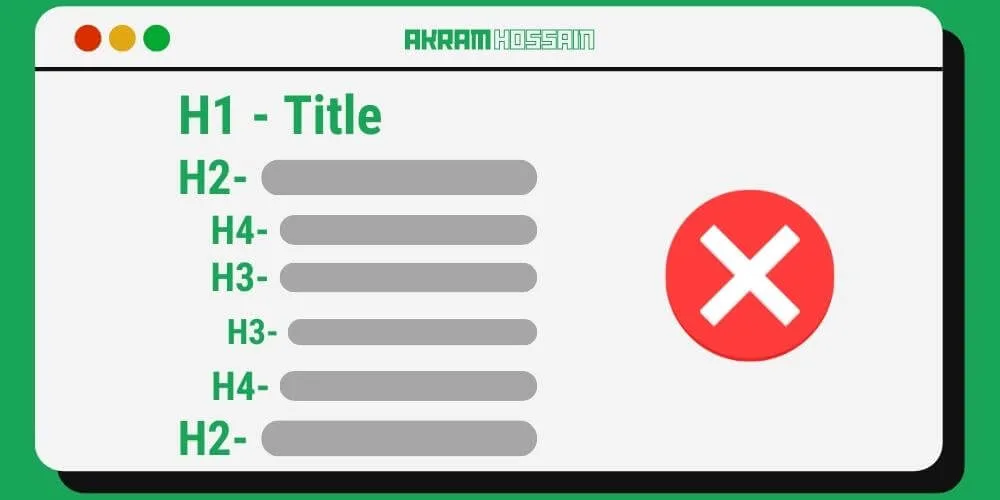
You use H2 for a headline and H4 for nesting the paragraph. It’s really bad practice for SEO.
Search engines won’t consider it as a quality structure for any content.
4. Well-Researched and Structured Content
What do you understand by “Well-Researched”?
Informations’ Value:
You are writing a random blog without research and someone who [keywords] searches well and knows what’s the content gaps. Then, ultimately, their content will be more prioritized than yours.
Provide accurate and valuable information that is needed for your audience, and they can get better output from your content.
Remember, you provide any information for your audience, not for Google ranking. Make your audience satisfied with your content, which will automatically be ranked.
Coherence:
Add logically organized content and present your ideas with proper coherence in your content.
In your blog, add arguments from various sources with proper data to enrich your content’s value and provide higher authority about the content.
Data, Example, and Case Studies:
Data is always a valuable asset for any content, whether text-based or video; readers can feel connected with your content using data and metrics.
They get solid and reliable information from your content, and it provides genuine value to you.
An example is another asset that helps readers understand any topic with their core knowledge and relatable experience.
When you push an example for a specific topic to explain, it dramatically helps to understand the whole concept in a fraction of a second. And it’s a good practice.
Plus, you can add logical examples that make understanding the calculations or any topics with case studies easy.
5. Visual Enhancements
You may know the term says that “An image can tell thousands of words.”
Multimedia:
So, using images, videos, and infographics makes your content informational and makes it easy to share more data with less effort.
An effective way to use proper explanation images in every necessary paragraph is to add videos whether they need in-depth explanation.
Sometimes, you can’t finish the topic without visualization; using words can play a role in direction, but visually makes it more practical and memorable.
Using infographic images makes it more appealing to read the content, and they will spend more time reading your content. (Hidden truth: Increase your session time)
Also, ensure that every multimedia makes your elements better complement the text and make it live.
Caution:
Ensure your multimedia is responsive and loading faster than Google’s PageSpeed Insights Rules. Otherwise, it will affect ranking.
Optimizing images and videos reduces page loading time, and responsiveness ensures a friendly user experience with your website.
6. Engaging Body Paragraphs
Crafting Concise:
Make paragraphs concise and informative and contain a short message in it. The short paragraph makes an engagement for readers.
The even shorter line looks easy to understand and gives the feeling to readers that it’s almost finished.
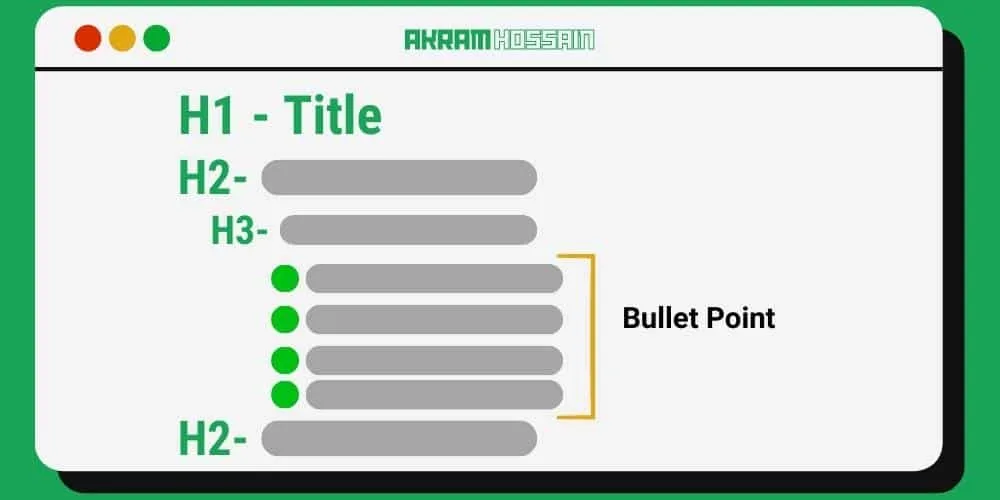
Bullet Points:
Use bullet points for any long topics you should cover within 10-15 separate paragraphs; then, you can use bullet points it’s heading.
It will help to understand the whole process before reading with bullet points. Even Google also likes to see listing parts in blogs or articles.
The listing makes comprehension of a topic easier.
Effortless Flow:
Not only that, but also maintain the proper structure flow between paragraphs and sections that provide a book or novel reading vibes.
Tips: Keep enough space between the headlines and subheadings from the paragraph section to look organized.
7. In-Depth Analysis and Insights
Are you writing the phrase of words? Or something knowledgeable or information that you actually should know about your audience?
Most probably, the second question will be right for you because no one writes only because they have a keyboard.
Analytics & Insights:
In a blog, you must add thorough analysis data relevant to your content and whatever you write for.
Providing expert, insightful data proves that you are genuine with this topic and know the real statistics about that topic.
Solutions Offer:
Address the most common and serious counterarguments that your users might face or will face.
Well-research content can make it efficient. Offer the solutions for it, and that will make sense for readers.
Authority:
Demonstrate your authority of yourself, and provide your knowledge from the core.
Pick the topic you already know or are in the learning phase.
Your knowledge demonstration in every subject is a matter of making a strong authority in your niche.
8. Strategic Call-to-Action (CTA)
Why are you writing content? It may be a different reason, but the common thing is you need to convert your traffic into money somehow.
Reader Interaction:
Call to action is the way to convert your traffic into value with any type of content, such as a blog, videos, images, newsletter, email, or whatever you have.
Purpose:
Create CTAs according to your blog post’s target and make them relevant.
It’s not like that; you just create a button and insert the URLs without any potential purpose.
Create CTAs based on the goal; let them subscribe, comment, share, whatever your goal is.
Convert:
Don’t need to be formal or casual; you can use persuasive language to convert your audience.
Using casual language, you may connect emotionally with them; they can feel your content is friendly.
It gives you a higher chance to convert them to fulfill your ultimate goal.
Optimizing for SEO and Reader Engagement
SEO is crucial for ranking and should always be 100% optimized. Otherwise, you can not get the expected ranking.
Also, reader engagement is the real thing we should focus on; it genuinely makes sense to them.
9. Keyword Research and Integration
Don’t publish any content that is well-researched; without research, you can not produce insightful information that is needed for your audience.
Keyword Research:
Keyword research is a must that will help you to get higher ranks as well and you will get potential traffic from relevant keywords.
According to Ahrefs, you should create in-depth content to rank for more keywords. So, don’t ignore this essential part that you always focus on.
Keyword Placing:
You need to place keywords strategically, not forcefully. Naturally, use keywords and relevant keywords in the title, headlines, subheadings, and throughout the content.
Avoid Stuffing:
Don’t try to be over-smart than Google or search engines; they are smarter than us. You are not even out of control from search engines.
Always try to write content in natural language and keep it fresh and simple for users and search engines.
10. Meta Title, Description and Snippets
Meta titles and descriptions are one of the most powerful elements of the search engine optimization process, and they create a first impression in SERP. (Click to enlarge)

Meta Optimization:
SERP results show URL, Title, and Description, so to make a first impression to increase click-through rate, you need to make them more appealing than your competitors.
Incorporate your focus keyword or relevant keywords for meta description and make it engaging to improve CTR.
Snippet Optimization:
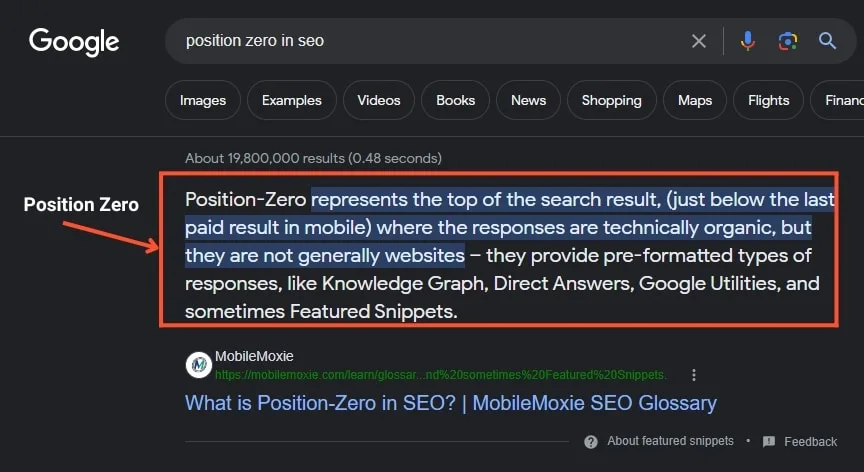
Utilize the post’s content snippet preview for the search engine result page and make it more information so that search engines pick the snippet for position zero.
11. Internal and External Linking
Linking the other resources is much more important for a blog or article because you always need help from other sources if you link them in your blogs.
External Linking:
It makes sense that your blog post’s content is real and makes it authentic. It also helps to get a higher response from the author of relevant resources.
Audiences get help verifying your content from the original source, and Google loves it to see you are giving credit to them.
Internal Linking:
Links your own content with relevant topics, and it will help your traffic to navigate the relevancy of your information.
Also, it will internally help your linked content by passing the links equity.
So, the best practice is linking your content with relevant anchor text.
12. Mobile-Friendly Design
The first priority for Google is mobile friendliness; according to the Exploding Topics blog report, over 55% of users visit websites using their Mobile Device.
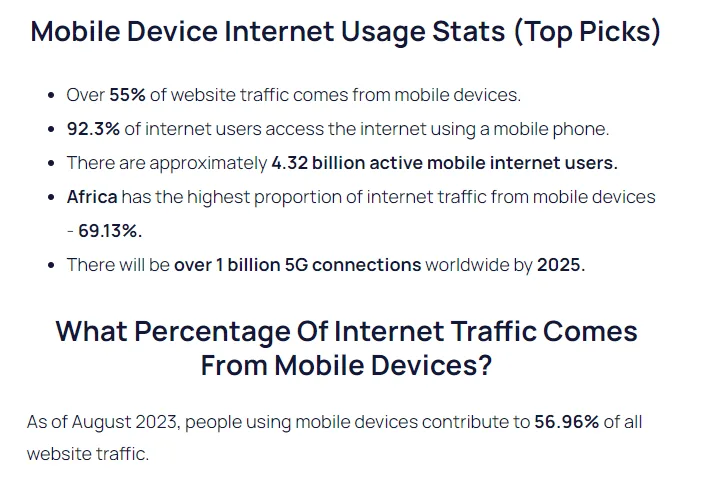
To make a blog post structure user-friendly, you can not only focus on content formatting or H tags; you need to focus on user experience with your web page.
Responsiveness:
Ensure your website is 100% responsive for any mobile device and its loading time follows the Google PageSpeed Insights Rules.
Without optimizing your website for Mobile, I don’t recommend you publish your website for crawling and indexing.
Media Optimization:
Traffic can come from any device, such as a Computer, Laptop, tablet, or Mobile. And you need to optimize your images for these different types of devices.
Optimized multimedia reduces your page loading time, which reduces bounce rate.
Conclusion
A successful blog post structure encompasses some important things that you need to follow;
Key Takeaways:
- Captivating headlines
- Engaging introductions
- Clear subheadings
- Well-structured content
- Visual enhancements
- Concise body paragraphs
- Insightful analysis
- Strategic CTA
Well-structured content is always prioritized by search engines and users; it extra-ordinarily helps us get good feedback from users.
They love to read content if you can provide value to them. Without value, content is less than a bunch of words.
Here are some benefits of well-structured content;
- Easy to navigate
- Coherent content flow
- Captivates readers
- Encourages longer stays
- Promotes social sharing
Remember: Don’t forget to focus on search engine guidelines, make your website well-structured and designed, enhance visibility ranking, and optimize the SEO.
So, have you ever gotten these tips before?


